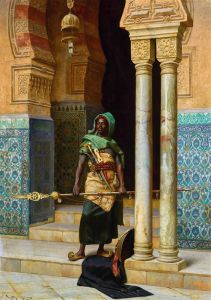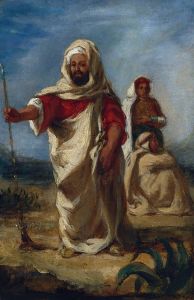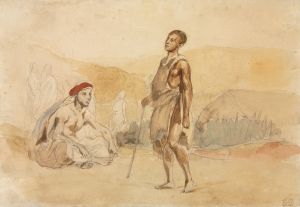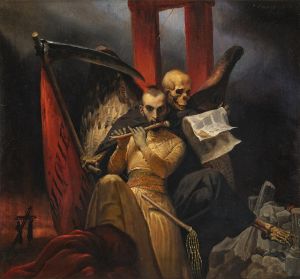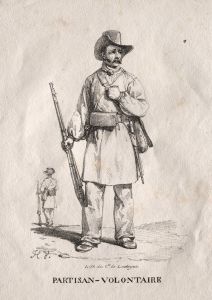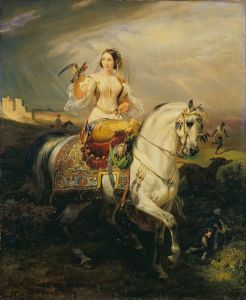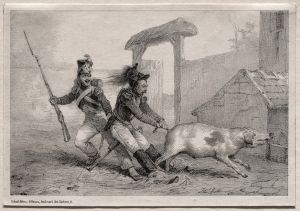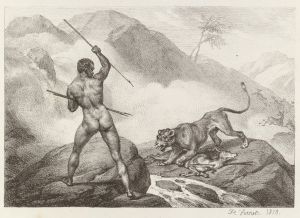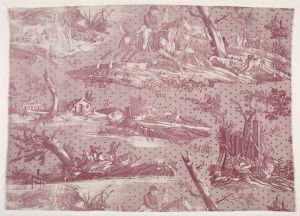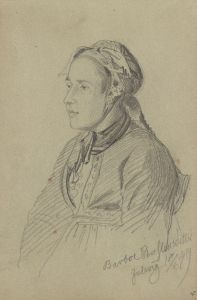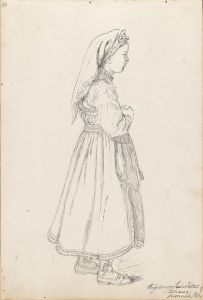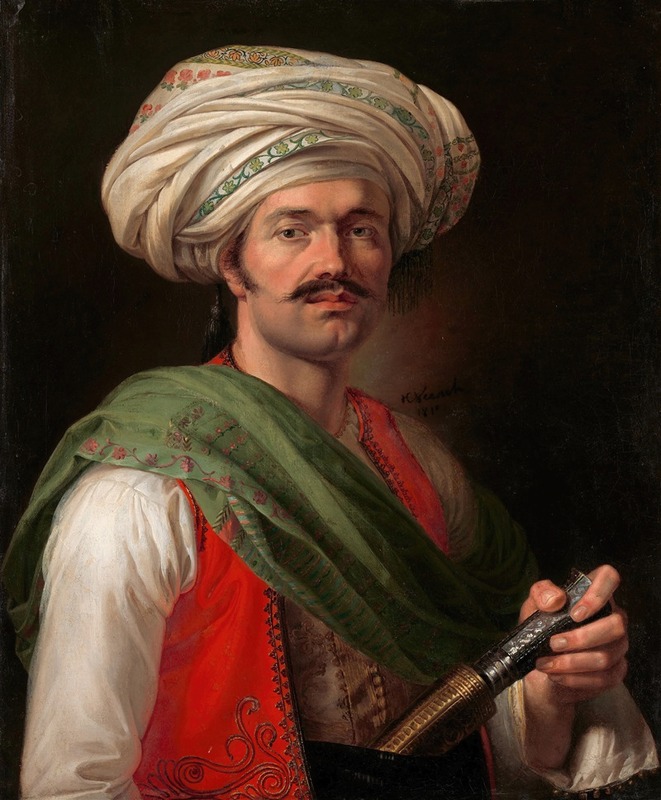
Portrait of a Mameluke. Said to Be Roustam Raza
A hand-painted replica of Horace Vernet’s masterpiece Portrait of a Mameluke. Said to Be Roustam Raza, meticulously crafted by professional artists to capture the true essence of the original. Each piece is created with museum-quality canvas and rare mineral pigments, carefully painted by experienced artists with delicate brushstrokes and rich, layered colors to perfectly recreate the texture of the original artwork. Unlike machine-printed reproductions, this hand-painted version brings the painting to life, infused with the artist’s emotions and skill in every stroke. Whether for personal collection or home decoration, it instantly elevates the artistic atmosphere of any space.
"Portrait of a Mameluke. Said to Be Roustam Raza" is a painting attributed to the French artist Horace Vernet, who was renowned for his depictions of military and historical subjects during the 19th century. The artwork is believed to portray a Mameluke, a member of a military caste originally composed of enslaved soldiers in the Islamic world, who later rose to positions of power and influence. The title of the painting suggests that the subject may be Roustam Raza, a Mameluke who served as Napoleon Bonaparte's personal bodyguard.
Roustam Raza, born in Georgia in 1783, was sold into slavery at a young age and eventually entered Napoleon's service in 1799. He became a prominent figure in Napoleon's court, known for his distinctive Mameluke attire and his close proximity to the emperor during military campaigns. However, it is important to note that there is no definitive evidence confirming that the figure in Vernet's painting is indeed Roustam Raza. The attribution of the subject remains speculative, and the title "Said to Be Roustam Raza" reflects this uncertainty.
Horace Vernet (1789–1863) was a prolific painter who gained fame for his dynamic and detailed representations of military life, battles, and exotic subjects. His works often reflected the Romantic fascination with the Orient and the Napoleonic era, themes that were highly popular in 19th-century France. Vernet's style combined realism with dramatic flair, capturing the spirit of his subjects with vivid detail and bold compositions.
The painting itself depicts the Mameluke figure in traditional attire, characterized by a richly adorned turban, flowing robes, and a saber, elements that emphasize the exoticism and martial prowess associated with Mamelukes. The use of light and shadow in the composition highlights the subject's features and attire, showcasing Vernet's skill in rendering texture and detail.
While the exact date of the painting's creation is not documented, it is consistent with Vernet's broader body of work, which often explored themes of military history and Orientalism. The painting is an example of the 19th-century European fascination with the "exotic" East, a trend that influenced many artists and writers of the time.
As of now, the painting is held in a private collection or museum, though specific details about its current location and provenance are not widely available. The lack of definitive information about the subject and the painting's history underscores the challenges of attributing and interpreting historical artworks.
This artwork remains a testament to Vernet's artistic legacy and the enduring interest in the figures and themes of the Napoleonic era.





